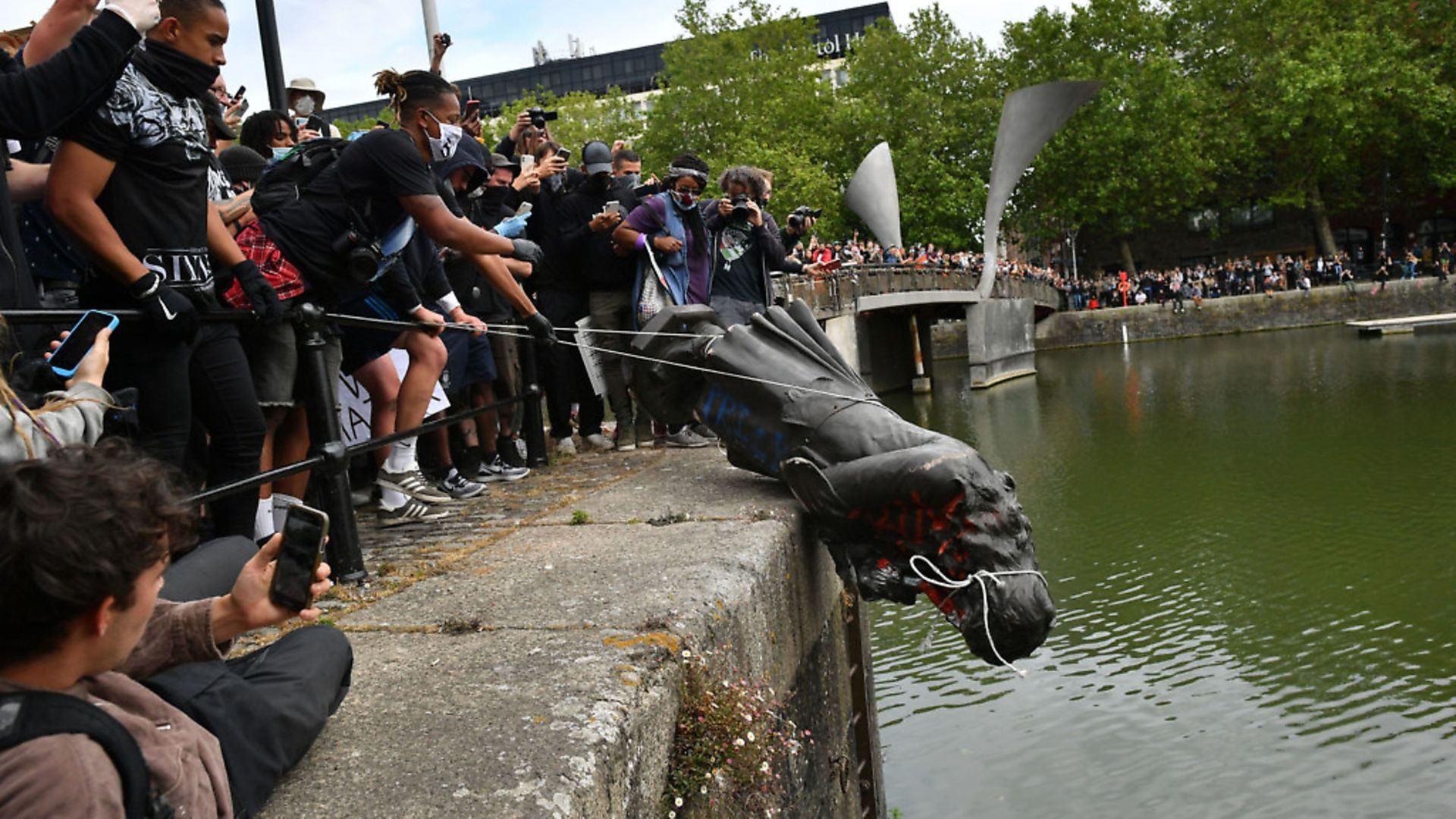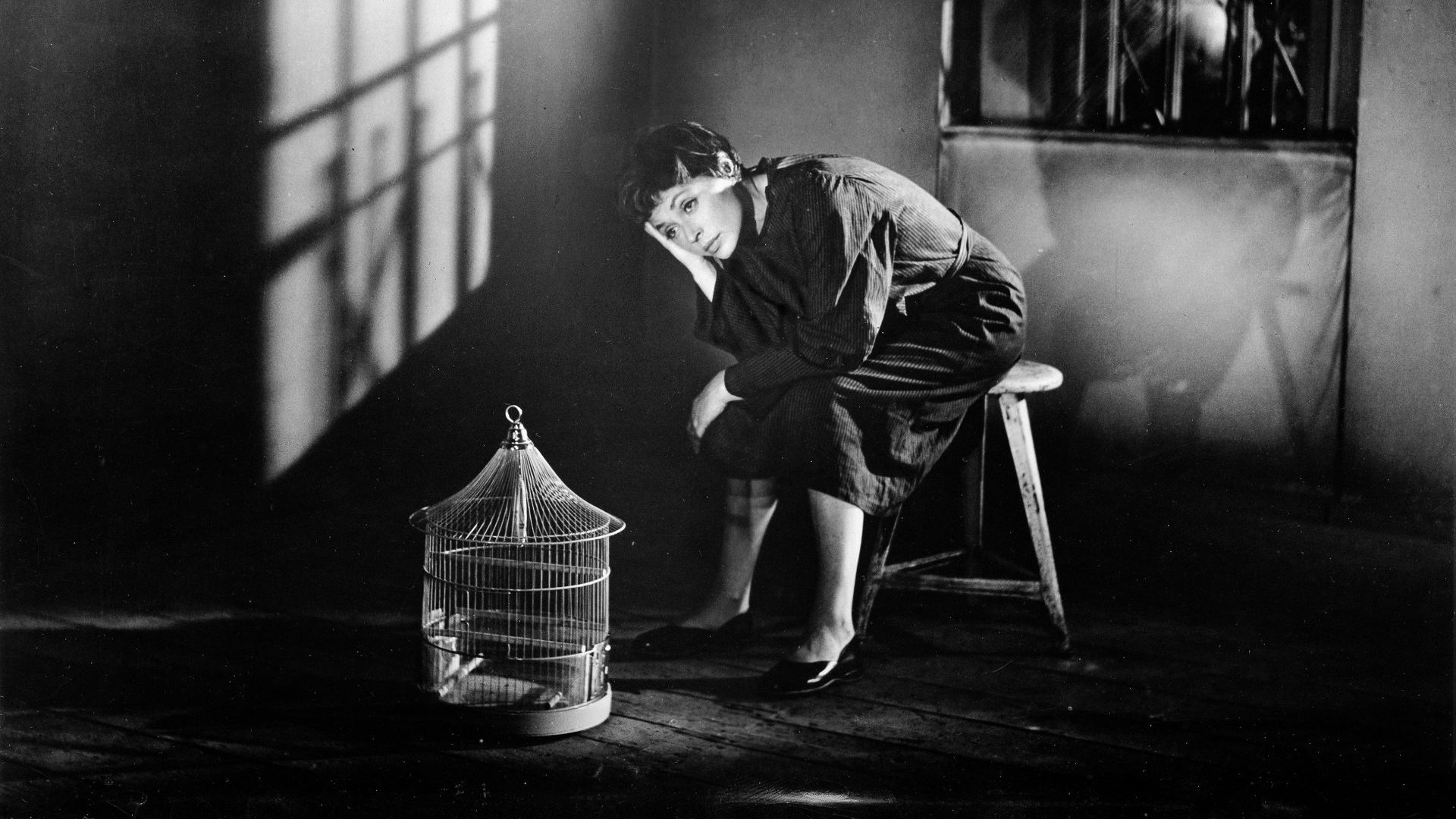It sits on my desk – and has a distinct presence: a lime-leaf-shaped piece of flint about the size of an iPhone. When I show it to someone, I get them to hold it in the palm of their hand and then arrange their fingers so they can feel how cleverly it’s been shaped to make it easy to grip and so use to do all manner of things, from smashing bones to scraping the flesh from hides. Then I ask them how old they think it is. Even those who believe themselves to be well-educated in matters of the past – deeply cultured, one might say – get this wrong, and usually show a basic confusion about when the age of stone tools gave way to that of bronze ones.
No one has ever got within 50,000 years of the right answer – which is that this hand axe, made by an individual of the species Homo Heidelbergensis (closely related to the Neanderthals), was knapped around 450,000 years ago – that’s right: they’re holding in their hand a near-half-million-year-old human artefact. To be fair, most of those that hold the axe do seem affected by its aura – and more so when they realise it was unearthed not far away, in Surrey to be precise.
But its origins in the stockbroker belt do not necessarily betoken commensurate value. Looked at one way, the axe is invaluable in this sense – it can only really be properly authenticated (given it can’t be radiocarbon dated) by the person who found it, and that person has to be cultured in the right way to understand this culture. My axe was found by a senior member of the archaeological and paleoanthropological profession: its bona fides are unassailable. However, for the same reason, it cannot be merely sold – it was given to me on trust, and will remain in my family henceforth; perhaps not for a further half-million years, but I hope a long time nevertheless.
If you look online, you can, in fact, find similar pieces that are – in the loathsome contemporary idiom – affordable. Some will no doubt actually be authentic. What got me thinking about my hand axe – and indeed the other
antiquities I’ve acquired over the years – was a leader in The Times recently that argued for the return to Greece of the Elgin Marbles. This was viewed by those who follow ancient news to be a significant turning point – but it made me consider again quite how paradoxically devalued most of the necessarily diminishing old is when set against the ever-burgeoning new.
Obviously, my hand axe has nothing like the aesthetic resonance of the Marbles, which are quite simply overwhelming – but for all that it’s an extraordinary artefact. But if you want to possess a little bit of Classical Greece you can do so perfectly easily: simply cross the road from the British Museum, where the Marbles are currently stashed with a lot of other imperialist loot, and you’ll find a shop selling antiquities on the corner of Bury Place. Here, I’ve purchased little oil lamps contemporary with Pericles – and an Indus Civilisation bowl (c3300-c1300 BCE). I also bought a silver Norse ring (c700 CE) for my Viking-obsessed son. From another antiquarian I bought a minute golden head of the goddess Isis dated to the Middle Kingdom period (c2030-c1650 BCE) – and all of this stuff taken together cost less than… an iPhone.
I once asked the guy who ran the shop (it’s changed hands since then) about some Ming Dynasty funerary goods he was flogging – little clay models of fruits and vegetables arranged on tiny clay plates to be placed in the grave for a snack in the afterlife. “How can these only cost £20?” I queried – to which he replied: “Until the arrival of the assembly line in the 20th century, the Ming had made more of anything than any civilisation in history, that’s why.” But it isn’t really about supply – as much as demand.
The traditionalists who decried what they saw as rampant “wokery” and the vandalisation of history when the Colston Four were acquitted, actually have very little real appetite for that history beyond rocking up to the occasional National Trust property to sup tea and promenade through its fusty salons. The relatively recent past supplies all that’s needed for television antiques shows – while the artefacts that emerge from deep time are sold off in job lots. Every day new ancient wonders are exposed by the vast diggings required to build HS2, but few of them will be adequately preserved and curated, because the next-generation iPhone is always going to be more important than our remote forebears’ handheld devices.



